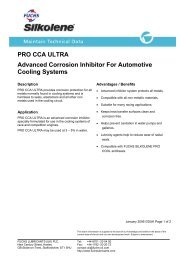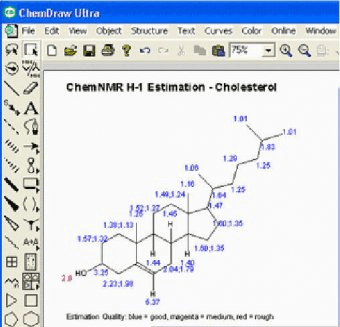

Consequently, information regarding the binding site location before the docking processes became very important to increase the docking efficiency. Introducing local minimization of a molecular-mechanics energy function such as in the CHARMM package yields only limited improvement (Brooks et al. The entropy loss of a flexible ligand in rigid six body degrees of freedom in an anisotropic environment of the receptor and the change in its internal energy upon binding can greatly affect the binding affinity. Hence, the docking procedures were improved by several groups by allowing for receptor and ligand flexibility.
#CHEMDRAW ULTRA 2008 TORRENT FREE#
1992), solvent accessible surface area (SASA) burial, solvation free energy, electrostatic interaction energy, or the total molecular mechanics energy (Shoichet and Kuntz 1991).

Also, the difference between the near native structures and others far from native cannot be distinguished, even with simple scoring functions such as measures of surface complementarity (Katchalski-Katzir et al.

Even though the observed structural changes between the bound and free forms are small, the difference in accuracy implies that the assumption of rigidity is not fully warranted (Totrov and Abagyan 1994). The docking accuracy in a rigid-body approach is much greater for bound complexes than uncomplexed molecules (Shoichet and Kuntz 1991). In the simplest rigid-body systems, the ligand is searched in a six-dimensional rotational or translational space to fit in the binding site, which can serve as a lead compound for drug design (Alberg and Schreiber 1993). The sum of all these interactions is approximated by a docking score, which represents potentiality of binding. The van der Waals interactions also play an important role, in addition to Coulombic interactions and the formation of hydrogen bonds. In modern drug discovery, protein–ligand or protein–protein docking plays an important role in predicting the orientation of the ligand when it is bound to a protein receptor or enzyme using shape and electrostatic interactions to quantify it. The driving forces for these specific interactions in biological systems aim toward complementarities between the shape and electrostatics of the binding site surfaces and the ligand or substrate. Finally, an affinity scoring function, ΔG, is employed to rank the candidate poses as the sum of the electrostatic and van der Waals energies.

Molecular docking programs perform a search algorithm in which the conformation of the ligand is evaluated recursively until the convergence to the minimum energy is reached. With the docking strategies, the druggability of the compounds and their specificity against a particular target can be calculated for further lead optimization processes. Docking against homology-modeled targets also becomes possible for proteins whose structures are not known. As more protein structures are determined experimentally using X-ray crystallography or nuclear magnetic resonance (NMR) spectroscopy, molecular docking is increasingly used as a tool in drug discovery. Molecular docking methodology explores the behavior of small molecules in the binding site of a target protein.


 0 kommentar(er)
0 kommentar(er)
